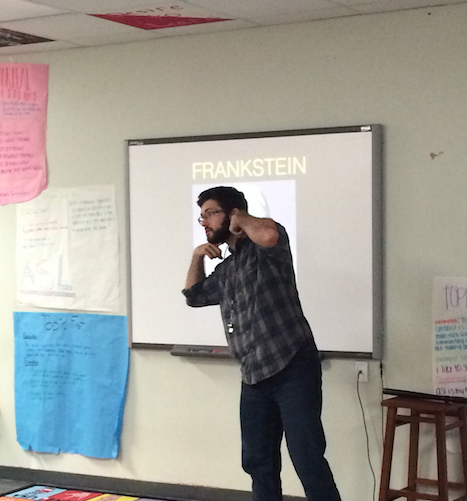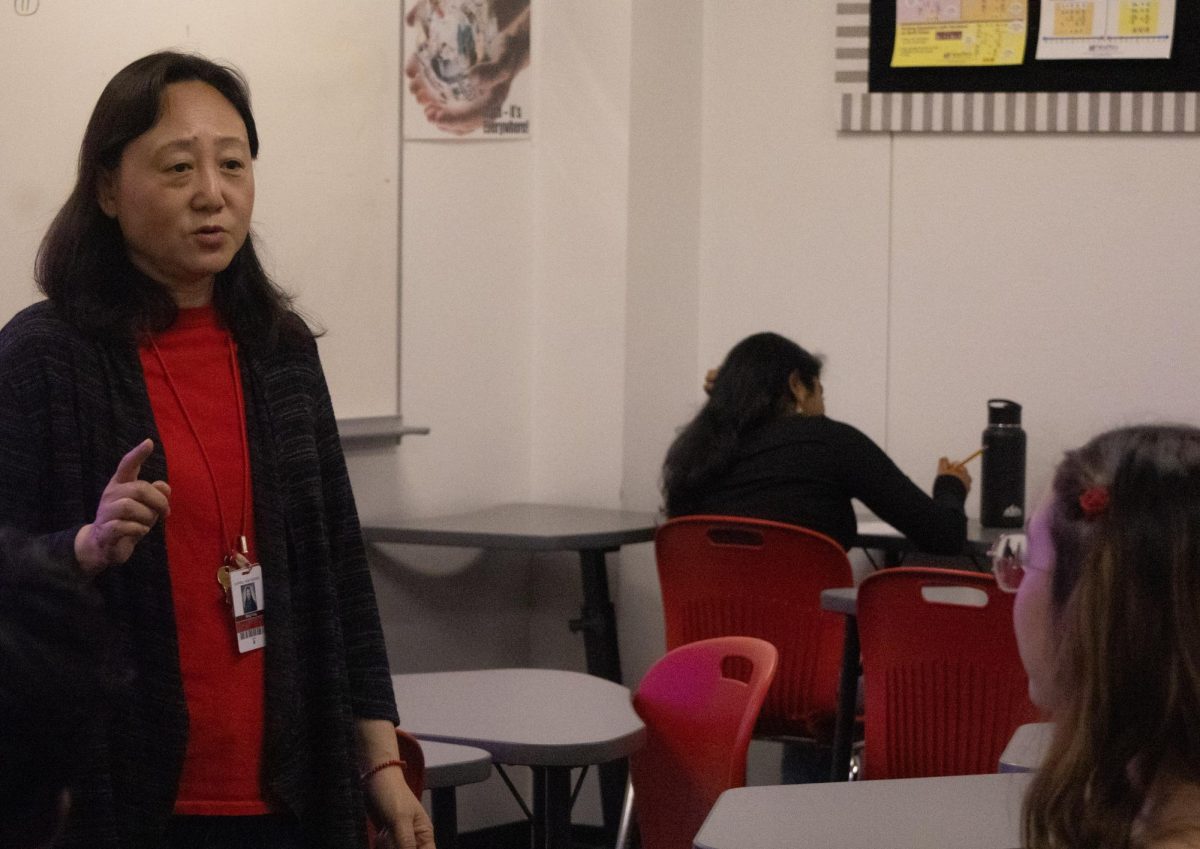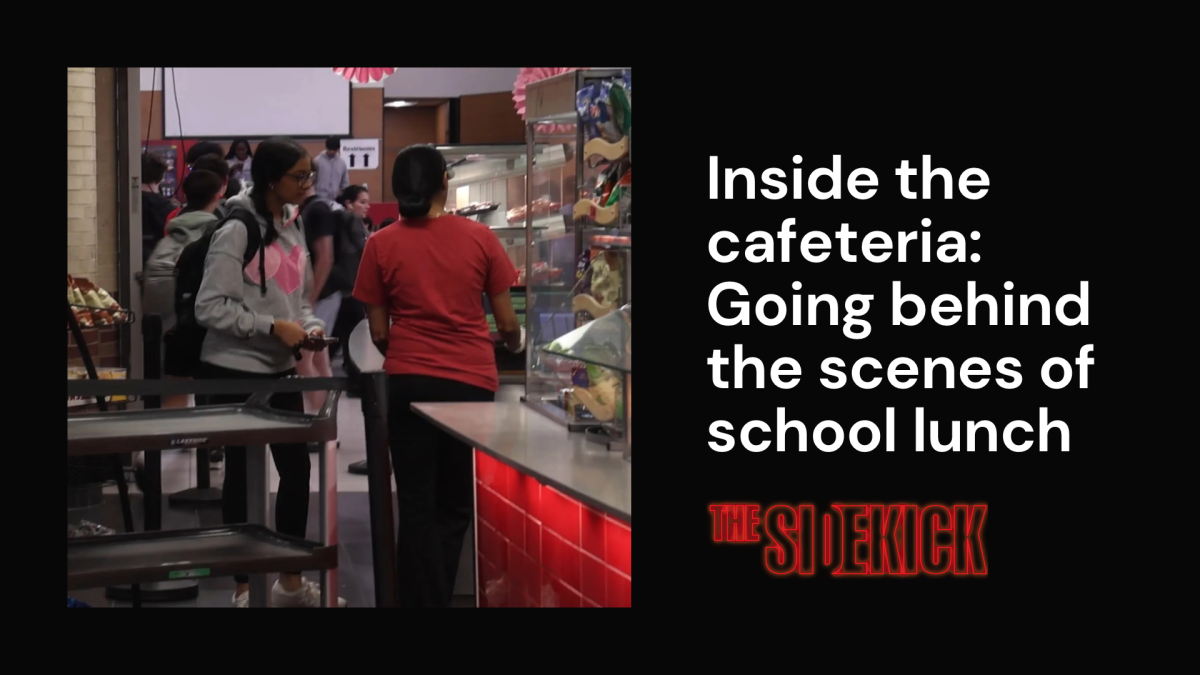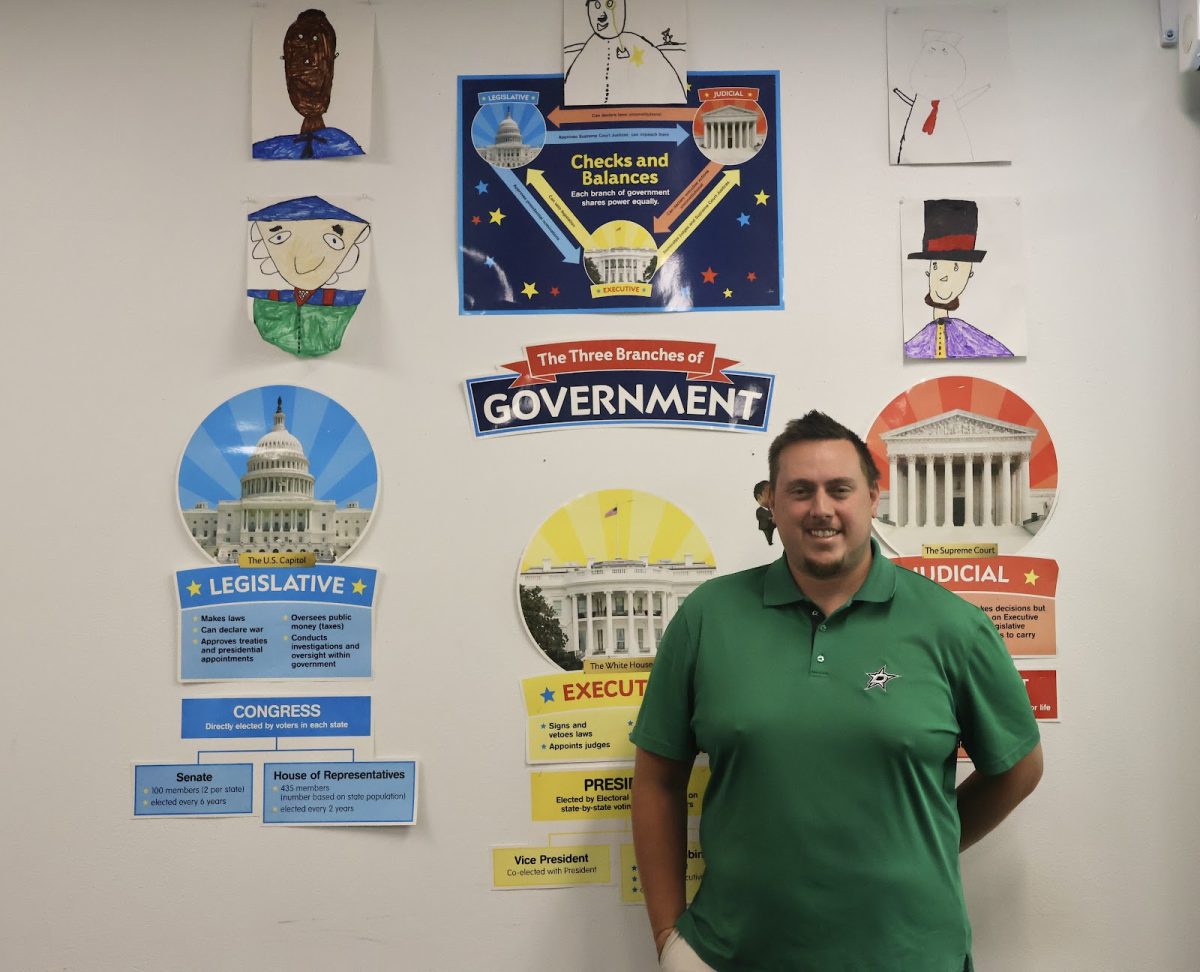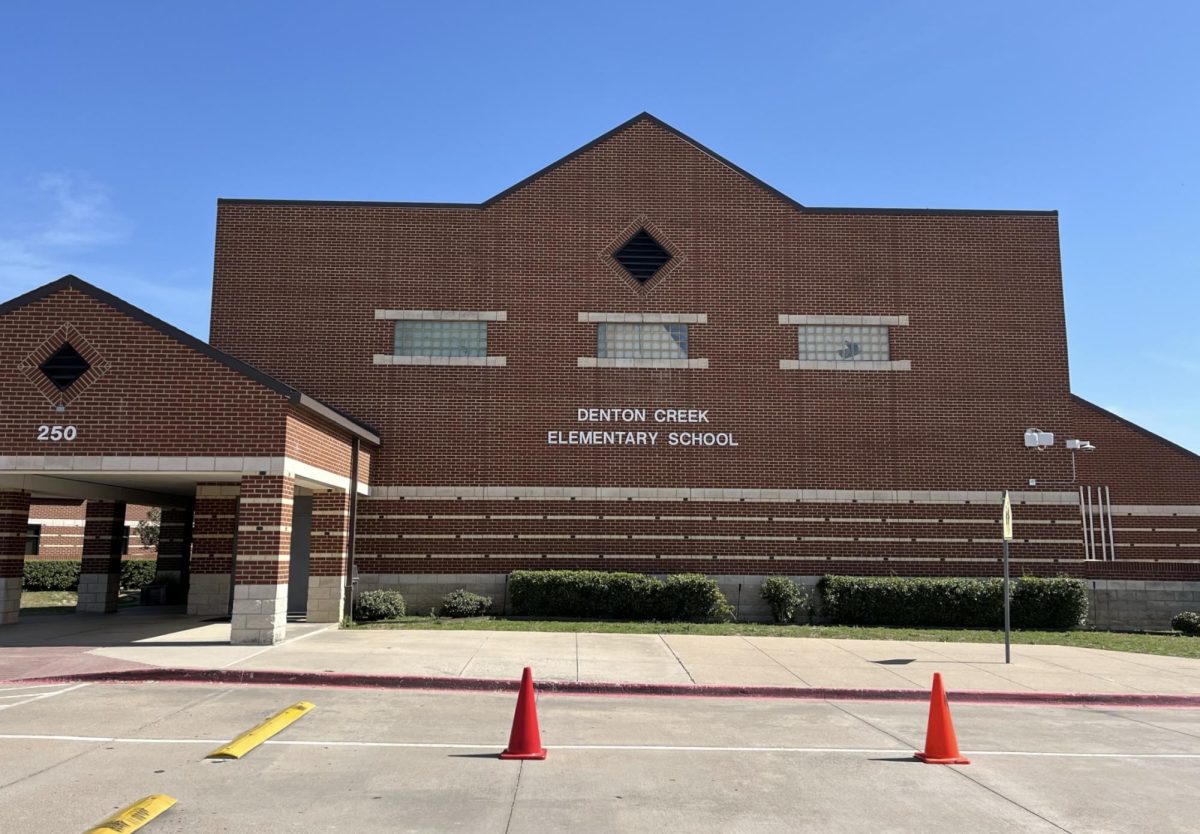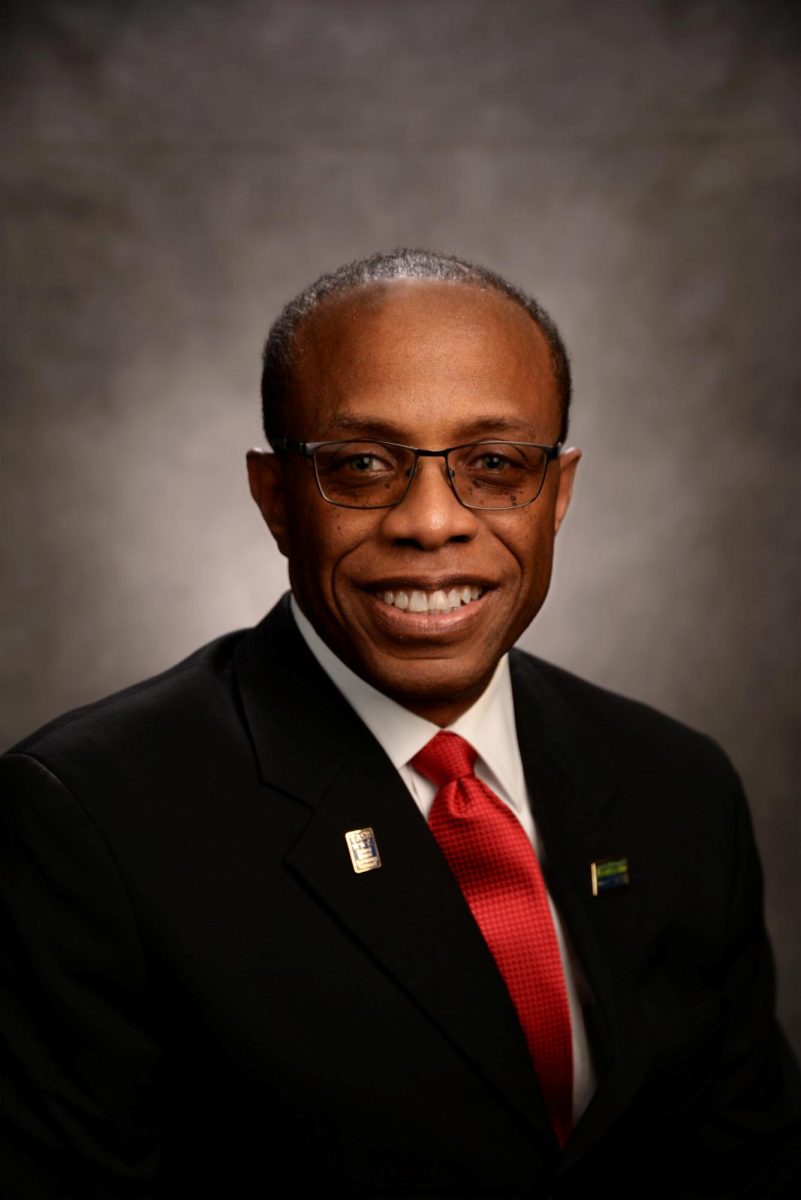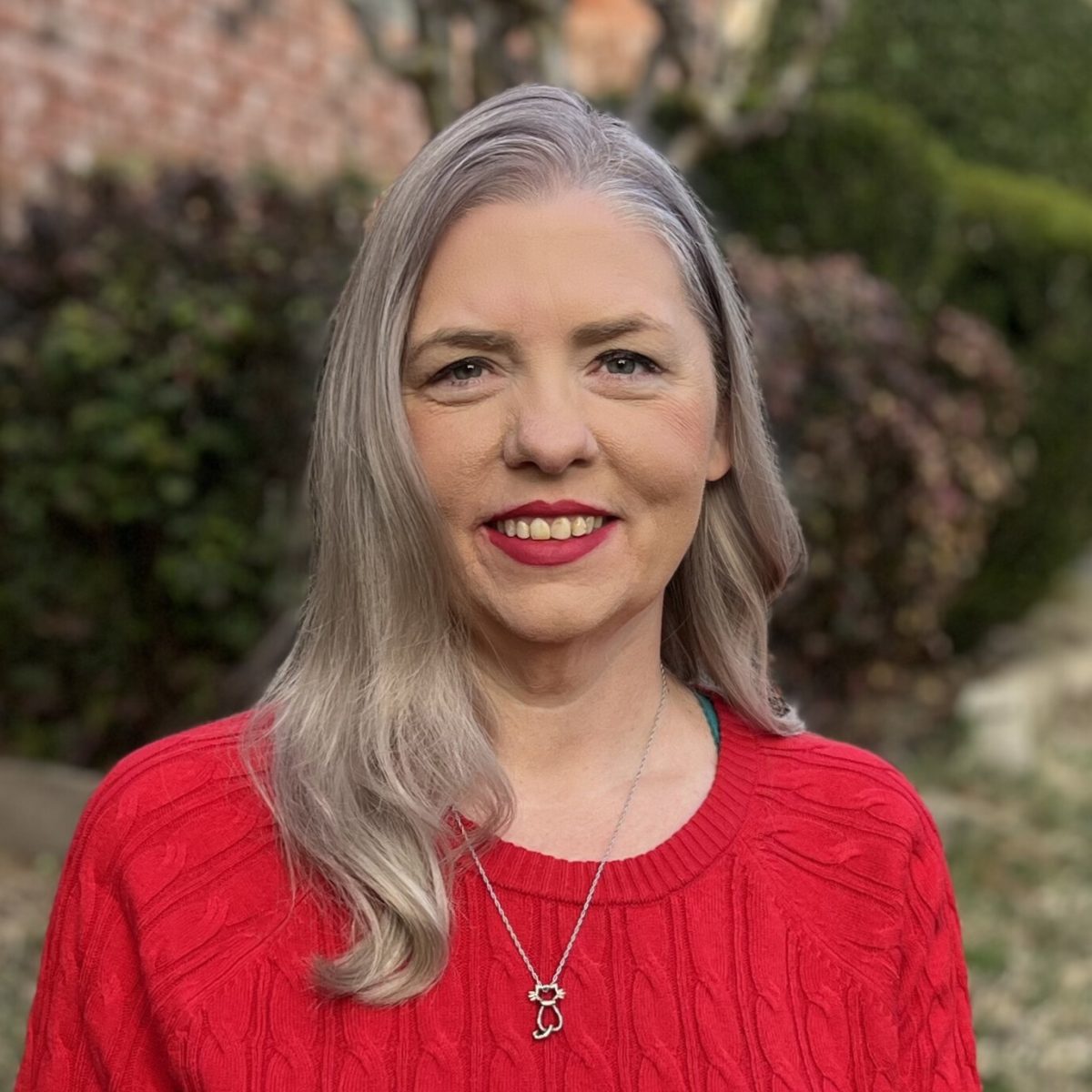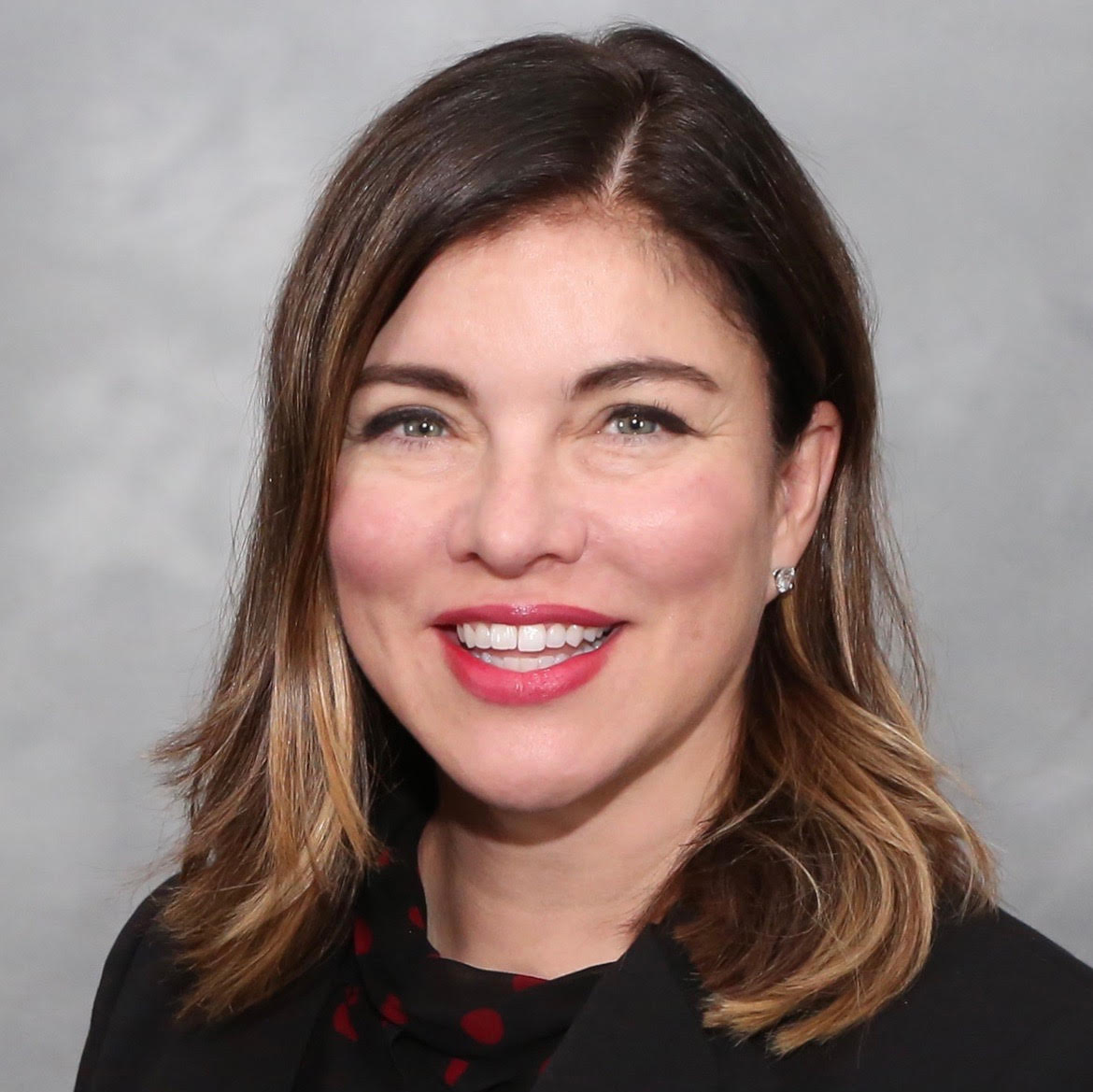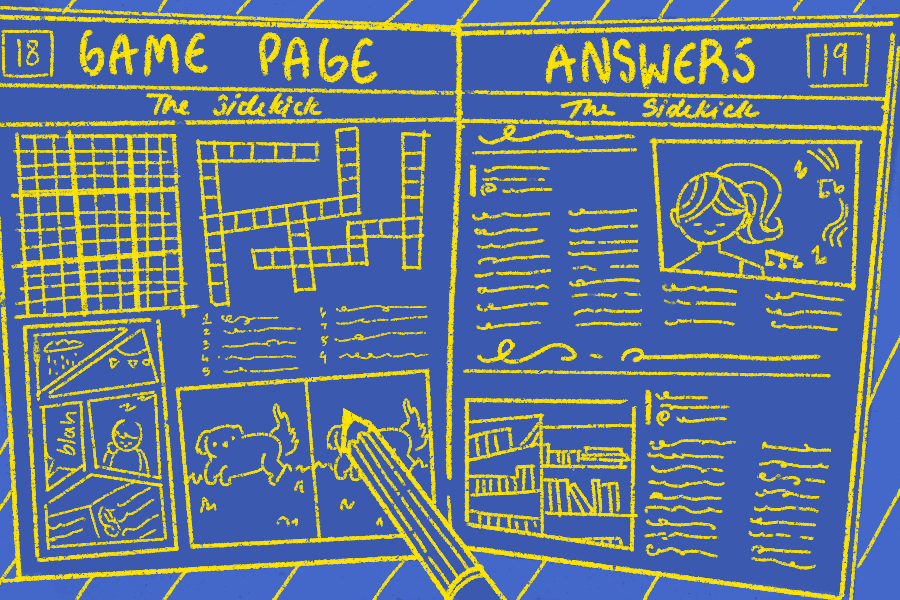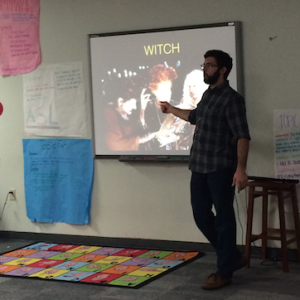
By Lili Lomas
Staff Writer
Only a few weeks into the school year, learners of American Sign Language (ASL) are getting a first hand experience with the hearing impaired world through their deaf substitute teacher.
Earlier this semester, ASL teacher Dawn Clyburn left school to be with her ill mother. This left Coppell High School in need of a new sign language teacher and soon after, deaf teacher and ASL user Zachary Kapalka was hired.
When he was around 1, Kapalka became deaf. Since then, he has used ASL as a way of communication and is very experienced with it.
“I have always enjoyed working with high school kids and I had ASL skills that most didn’t,” said Kapalka, answering questions by writing his responses on a whiteboard.
The fact that the substitute is deaf and uses sign language is beneficial to students as they get a real experience with the language they are learning. However, it also poses difficulties in communication.
“Most [students] have never met a deaf person,” Kapalka said. “They don’t understand what’s OK [to do] and what’s not.”
Students who are learning the language do not know enough of it to fully communicate and have conversations with their teacher. They can not always communicate questions or ideas by speaking English. Instead, Kapalka uses whiteboards to write directions and responses to students’ questions when sign language can not be used.
This is a slight adjustment for students since they are used to speaking to their teacher in a classroom that uses both English and ASL.
“[Clyburn] could explain things to us by talking and we’d understand, and he has to write on a board but it’s really not much of an obstacle,” sophomore Megan Wilhelm said.
Along with using the whiteboard, Kapalka signs to his students which increases their sign language vocabulary. In this way, students are immersed into the world of ASL users and are able to apply what they learn.
“We get to see the use of sign language more so we can pick up on new signs that we didn’t know before,” sophomore Sarah Powell said.
Kapalka being at the school is proving to be a beneficial learning experience for students as they learn ASL directly from a native speaker. It is a change from the traditional language classroom setting, but is valuable to their overall learning.



